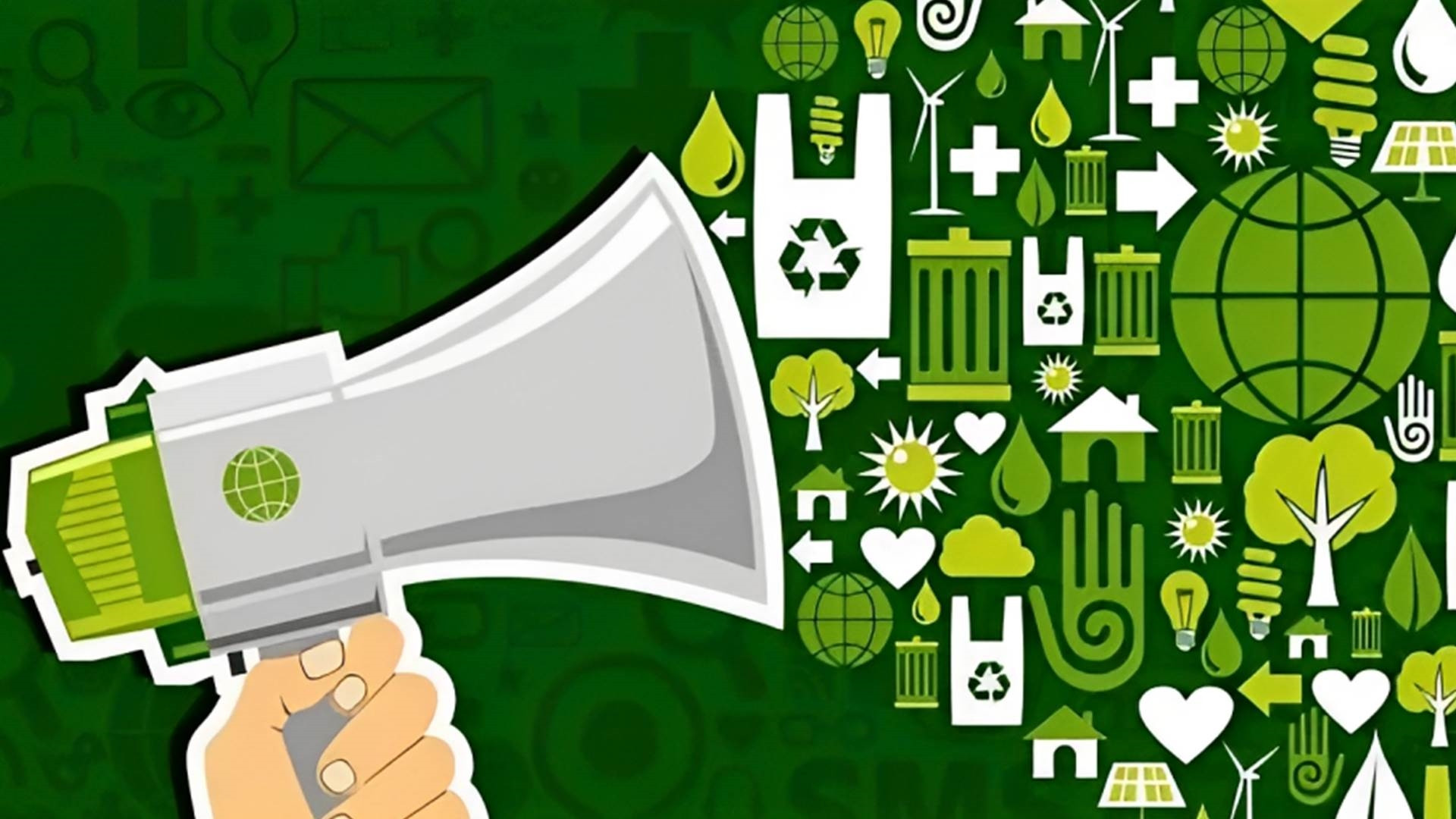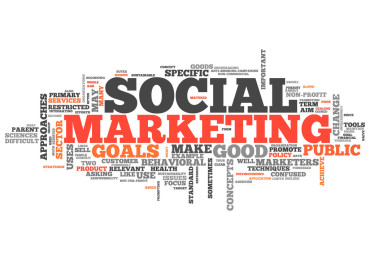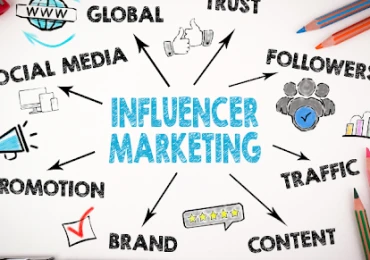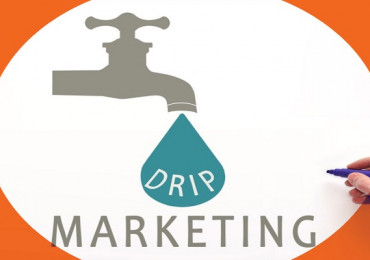
It is a marketing strategy that aims to promote goods and services that demonstrate a commitment to environmental responsibility.
Characteristics of green marketing:
1. Focus on sustainability: Green marketing relies on providing sustainable goods and services that reduce the environmental impact.
2. Environmental packaging: Using environmentally friendly materials such as biodegradable or recyclable packaging.
3. Transparency: Advertising the company's environmental practices clearly and transparently, providing evidence of sustainability.
4. Supply chain management: Choosing suppliers and partners who are committed to sustainable practices.
5. Environmental communication: Providing awareness campaigns that explain how the product contributes to protecting the environment.
Benefits of green marketing:
1. Improving the company's public image: Green marketing contributes to enhancing the company's reputation as environmentally responsible.
2. Increasing customer loyalty: Environmentally conscious customers prefer companies that provide environmentally friendly solutions.
3. Opening new markets: The ability to attract a new audience interested in sustainability.
4. Reducing costs: In the long run, reducing waste and using energy more efficiently may lead to cost savings.
5. Compliance with laws: Complying with strict environmental regulations and avoiding potential penalties.
Advantages of green marketing:
1. Competitive advantage: Environmentally friendly products set the company apart from competitors.
2. Sustainable innovation: Drives companies to innovate sustainably, which can lead to new products and technologies.
3. Improved relationship with the community: Contributes to building a positive relationship with the community, as the company is seen as part of the environmental solution.
4. Risk reduction: Reducing the risks associated with relying on scarce or polluted natural resources.
Examples of green marketing:
1. Patagonia: The well-known clothing company that focuses on sustainability by using recycled materials and its commitment to repairing clothes instead of replacing them.
2. Toyota Prius: An example of a hybrid car that consumes less fuel, which reduces carbon emissions.
3. IKEA’s use of recycled materials in the production of its furniture. IKEA launched a product line called “KUNGSBACKA” made entirely of recycled wood and plastic. This line focuses on providing products with modern design while preserving the environment by reducing the use of new resources and eliminating waste.
Green marketing is not just a business strategy, it is a long-term commitment to social and environmental responsibility. Companies that adopt this approach seek to build a more sustainable world while enhancing their economic success. In particular, ISO 14001 certification is an international standard for environmental management systems. It supports green marketing by enhancing a company’s credibility, providing a competitive advantage, and improving communication about its commitment to sustainability. Certification helps companies reduce their environmental impact and comply with legal requirements, which enhances their appeal to environmentally conscious customers.

18/08/2024

01/09/2024

14/08/2024

25/08/2024

17/08/2024

01/09/2024

30/08/2024

15/08/2024

30/08/2024

18/08/2024

18/08/2024

17/08/2024

17/08/2024

23/08/2024

20/08/2024

23/08/2024

31/08/2024

20/08/2024

30/08/2024

22/08/2024